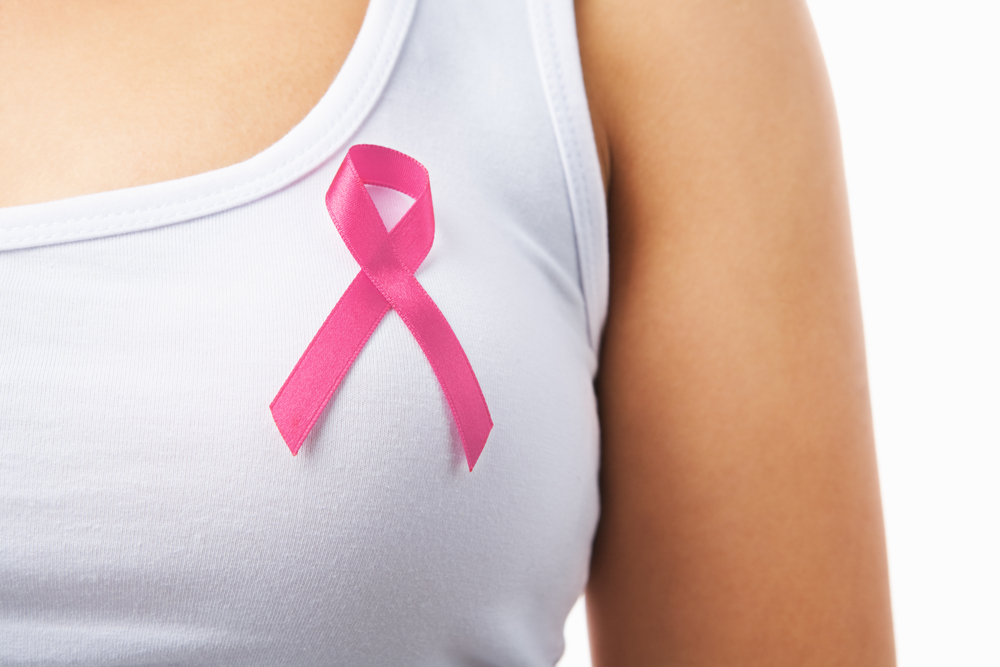Updated August 2024
October is Breast Cancer Awareness Month. Nearly a quarter of a million U.S. women get breast cancer each year and more than 42,000 women die from the disease. Next to skin cancer, it is the most common form of cancer for women. Most women who get breast cancer have no known risk factors and no history of the disease in their families.
Most breast cancers are found in women who are 50 years old or older. But breast cancer can occur in younger women, too – about 10% of all new cases occur in women under 45 years of age. And it is not a cancer exclusive to women: although much less common, it can be found in men too. It is estimated that less than 1% of breast cancers occur in men.
It’s important to have high awareness of the facts, the risks, the symptoms and the best ways to detect breast cancer early. “Based on current incidence rates, 12.4% of women born in the United States today will develop breast cancer at some time during their lives.” That’s about 1 woman in 8. If not you, it is likely to affect someone that you know!
Many women who get breast cancer have no signs or symptoms. Here is a list of common red flags that might be a warning sign for breast cancer or some other health condition that should be discussed with a physician.
- New lump in the breast or underarm (armpit).
- Thickening or swelling of part of the breast.
- Irritation or dimpling of breast skin.
- Redness or flaky skin in the nipple area or the breast.
- Pulling in of the nipple or pain in the nipple area.
- Nipple discharge other than breast milk, including blood.
- Any change in the size or the shape of the breast.
- Pain in any area of the breast.
For more information on breast cancer, see the American Cancer Society: Breast Cancer and the National Cancer Institute: Breast Cancer.
If you haven’t had one lately, why not schedule a test? Mammograms can detect breast cancer early, possibly before it has spread. Learn more about mammograms – how they are done, what it feels like, how to prepare and more and Find Mammography testing facilities near you.
Related:

